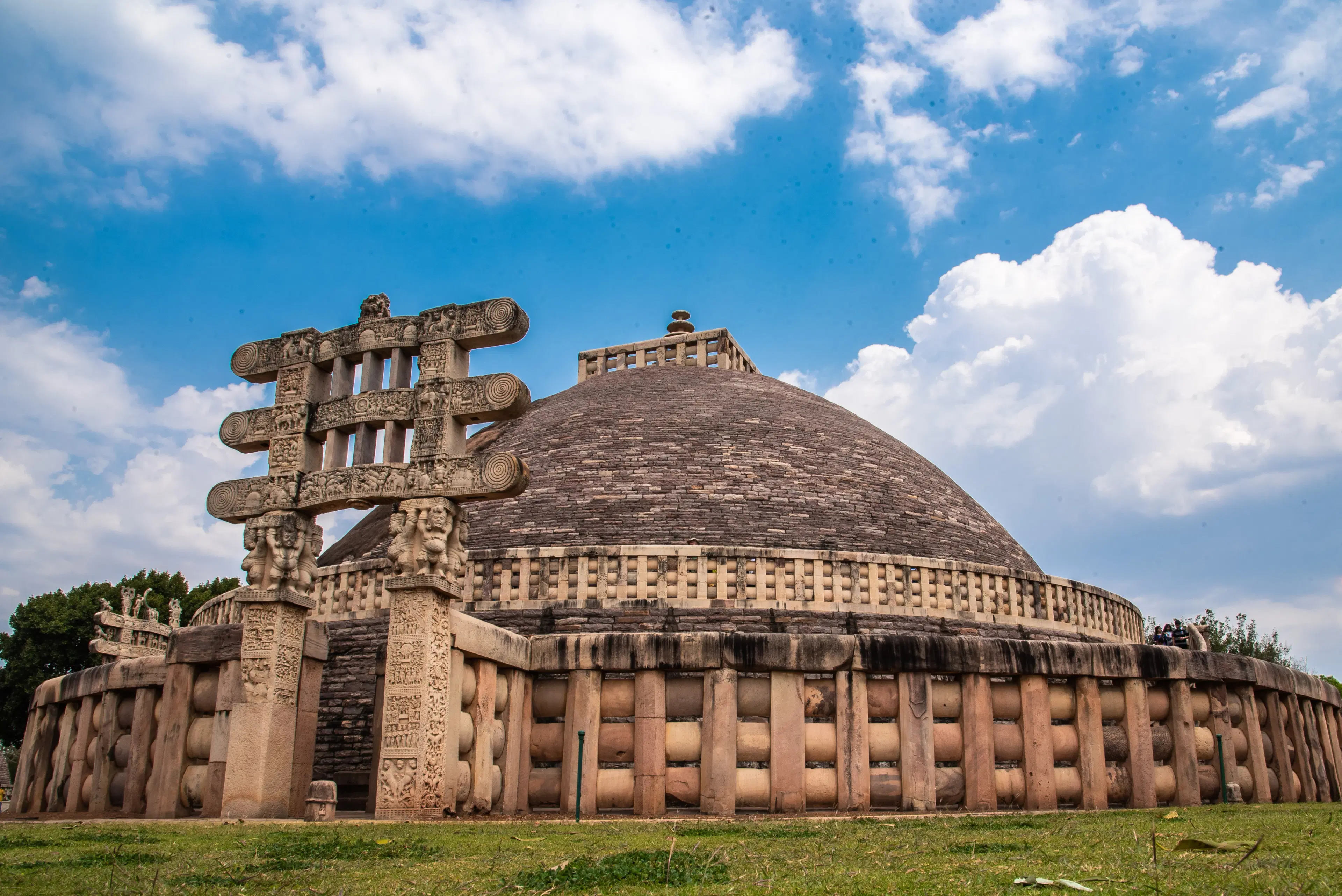
Hotels
•03 min read

Eran Monument stands as a hidden treasure in Madhya Pradesh, a silent witness to centuries of cultural and historical transformation. Nestled among ancient ruins, the site is renowned for its Gupta-period artifacts, stone inscriptions, and intricate sculptures that whisper stories of a bygone era. This blog explores the historical importance and archaeological wonders of Eran Monument, offering insights into not only its past but also practical tips for future travelers eager to step into India's rich legacy.
Located in the Sagar district and near the Bina River of Madhya Pradesh, Eran Monument is easily accessible from major cities such as Bhopal and Sagar. Historically, Eran was an influential town during the Gupta Empire, serving as a hub of cultural and political activity. Its location allowed it to flourish and evolve over subsequent centuries, making it a focal point for historians and archaeologists alike.
Eran stands out as a unique archaeological site that has enriched our understanding of ancient Indian civilization. It is here that stone inscriptions and relics from the Gupta period reveal details about administrative systems, religious practices, and social life. Eran's contributions, including key events like the recording of the inscription of Bhanugupta, provide invaluable evidence of India's vast historical tapestry.
The Vishnu Temple at Eran is a remarkable structure, celebrated for its classical Gupta-era architecture. Dominating the temple complex is a colossal Varaha statue, representing the boar avatar of Vishnu. This striking sculpture not only embodies artistic excellence but also reflects the deep religious sentiments that influenced ancient Indian cultures.
The site is adorned with a variety of ancient sculptures, each showcasing the refined artistry and meticulous craftsmanship of the Gupta period. Detailed carvings on temple walls and pillars narrate tales of gods, goddesses, and epic battles. The stone inscriptions in Eran, such as those by Bhanugupta, play a crucial role in decoding the social practices and historical narratives of ancient India, serving as a time capsule into the past.

Among the treasures unearthed at Eran are ancient coins, pottery, and various tools that offer a glimpse into the socio-economic life during the Gupta period. These artifacts are not only culturally enriching but also provide scholars with context regarding trade, craftsmanship, and daily life in ancient India.
Recent archaeological excavations at Eran have unearthed new findings that continue to shed light on its historical context. Ongoing research and discoveries reinforce the site's reputation as one of the key Eran Monument Madhya Pradesh ancient site landmarks, deepening our understanding of the Gupta dynasty's influence on art and culture.
Travelers can reach Eran Monument by road from cities like Bhopal and Sagar. With the nearest railway station at Bina Junction, access remains convenient for all kinds of visitors. The best time to explore Eran is during the cooler months, when the weather gently invites you to wander among ancient ruins and soak in the historic ambiance.
For those planning a visit, it is advisable to take time to appreciate every detail—from the towering sculptures to the intricate stone inscriptions. As you navigate the site, consider comfortable footwear and sun protection, as the walk through history can be both exhilarating and physically engaging. Remember to honor the sanctity of this cultural heritage site by preserving its unspoiled heritage.
Did you know? The Eran inscriptions are among the earliest records of sati in India, offering a glimpse into the social practices of the Gupta period. These inscriptions are a treasure trove for historians unraveling ancient traditions.
Eran stands proudly among Madhya Pradesh's historical sites. Its wealth of Gupta-period artifacts, sculptures, and inscriptions distinguishes it from other ancient monuments in India. This unique blend of art and history not only enhances the state's cultural identity but also invites travelers to explore a living museum of ancient traditions.

Efforts to conserve and protect Eran Monument are ongoing, reflecting a broader commitment to safeguarding India's cultural heritage. By increasing public awareness and engaging both local authorities and historians, the legacy of Eran is set to inspire future generations. Every discovery enriches the narrative and reminds us of the value of preserving such cultural treasures.
Eran is located in the Sagar district of Madhya Pradesh, near the Bina River, and is easily accessed from major cities like Bhopal and Sagar.
The Vishnu Temple is an ancient Gupta-period temple famous for its colossal Varaha statue and detailed carvings that depict the divine stories of Hindu mythology.
The Eran inscription is a significant stone record from the Gupta period, noted for being one of the earliest narratives that mention the practice of sati and other ancient customs.
The monument is easily accessed via road, with nearby cities such as Bhopal and Sagar connecting to Eran. The closest railway station is Bina Junction.
Eran Monument’s distinct charm lies in its blend of Gupta-period artifacts, ancient sculptures, and stone inscriptions, making it a must-visit site to truly understand India’s historical depth.
Eran Monument is a powerful reminder of India's vibrant historical and cultural heritage. From its architectural splendors to the rich archaeological discoveries, it offers an immersive experience into the artistry and traditions of the Gupta period. Visiting this ancient site not only ignites wanderlust but also deepens the appreciation for Madhya Pradesh’s unique historical landscape.